How Long Do Cacti Live?
Cacti are some of the most resilient plants on Earth, surviving in harsh desert environments where few other plants can thrive. If you’re considering adding a cactus to your home garden or indoor plant collection, you might wonder about their lifespan. Cacti can live anywhere from 10 to 200 years, with their longevity depending largely on the species, growing conditions, and care they receive.
These unique succulents have evolved special adaptations that help them survive in extreme conditions. The saguaro cactus, for example, is known to live up to 200 years in its native Sonoran Desert habitat. Many cacti in home collections can easily survive for decades when properly cared for, making them excellent long-term companions for plant enthusiasts.
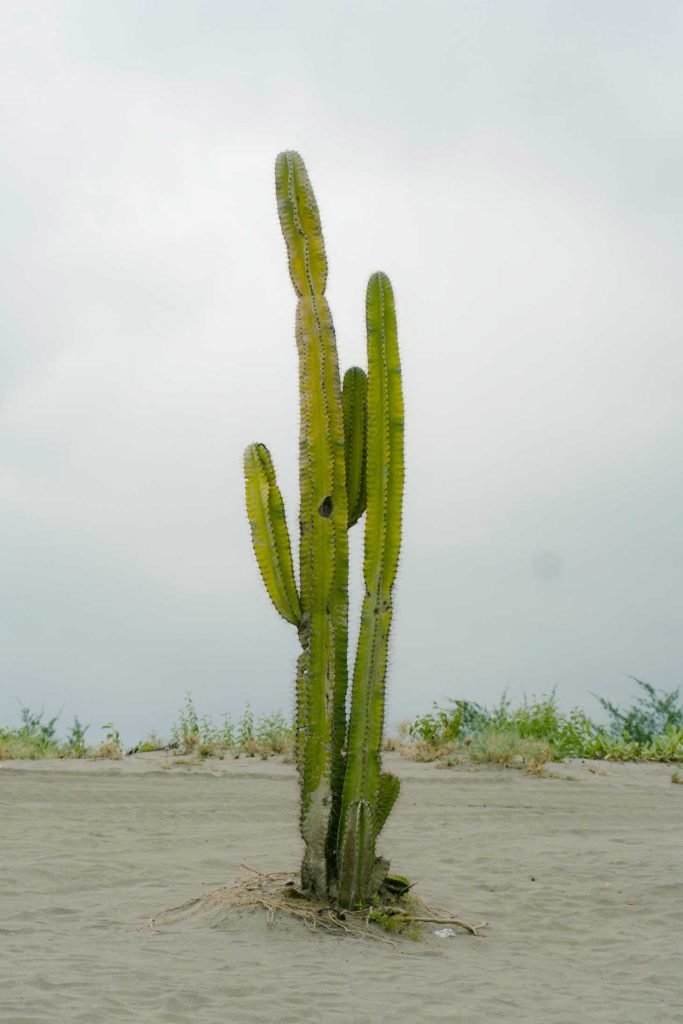
While some houseplants may come and go, your cactus could potentially outlive you if given the right conditions. These fascinating plants need direct sunlight and proper care to thrive and reach their maximum lifespan potential. Their remarkable longevity is just one of many reasons why cacti have become popular additions to gardens and homes worldwide.
Key Takeaways
- Cacti lifespans vary dramatically from 10 to 200 years depending on species and growing conditions.
- Your cactus will live longer with proper care including adequate sunlight and appropriate watering practices.
- The unique survival adaptations of cacti allow them to thrive for decades even in harsh environments.
The Longevity of Cacti
Cacti are remarkable plants with impressive lifespans that vary greatly across different species. Their ability to survive in harsh conditions contributes to their longevity, with some specimens living for centuries.
Average Lifespan across Species
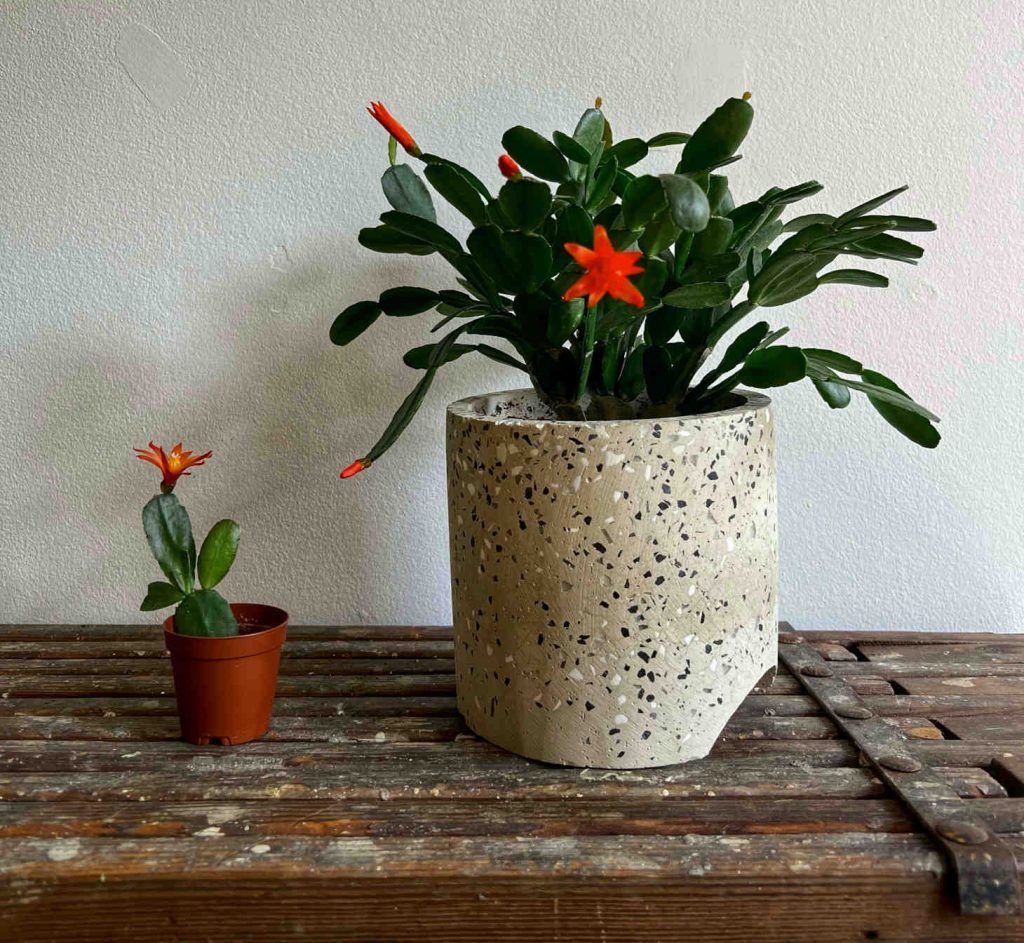
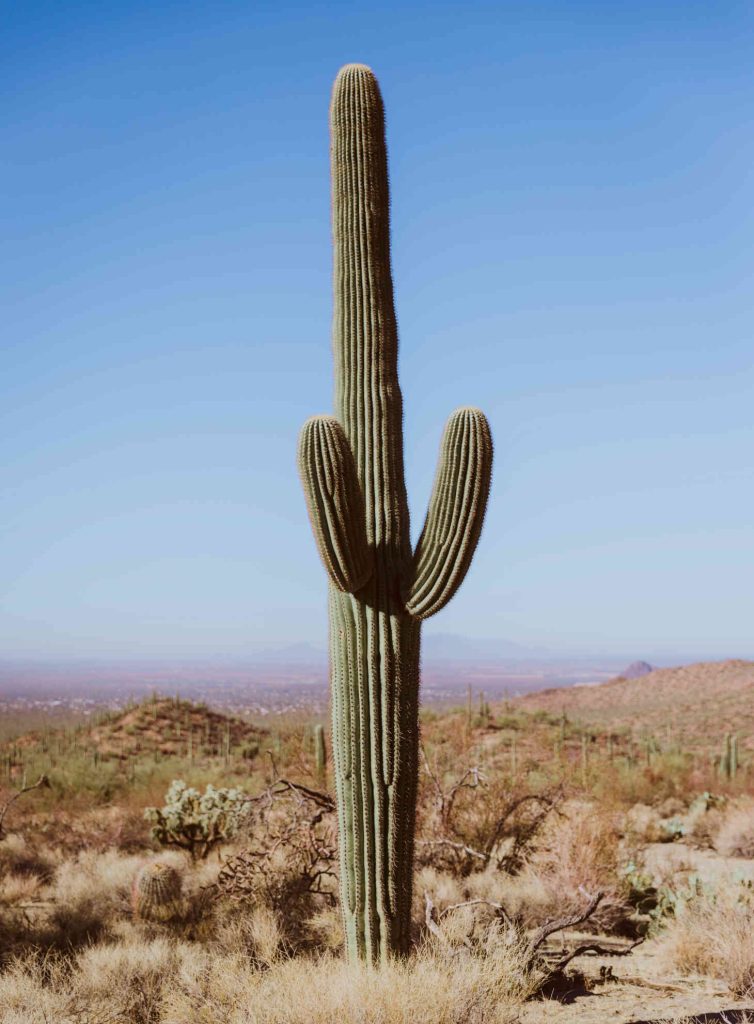
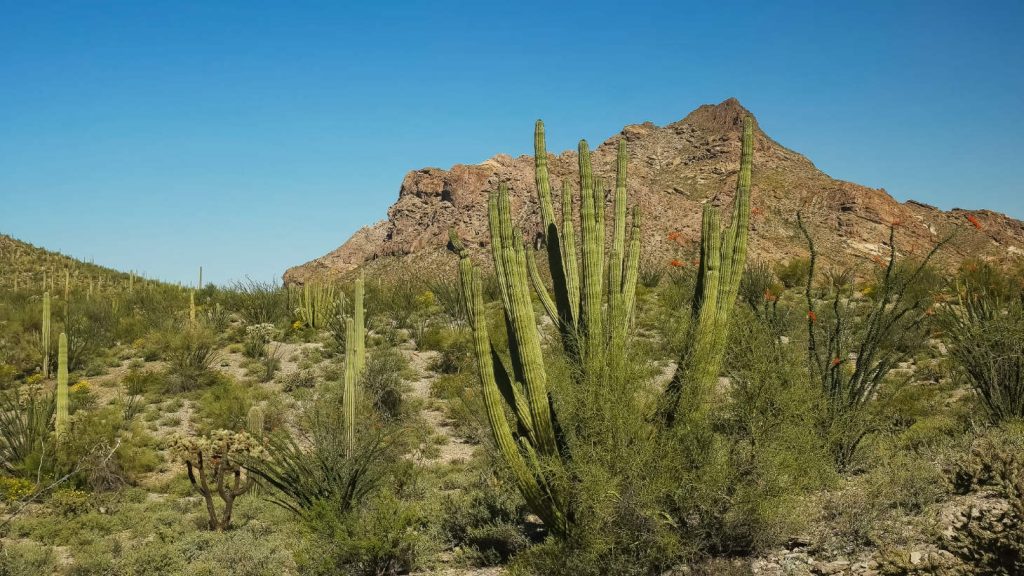
Most common cacti typically live between 10 to 40 years when properly cared for. However, this range varies significantly depending on the species. The popular Christmas cactus can thrive for 20-30 years as a houseplant with proper care.
Some desert cacti are truly impressive survivors. The iconic Saguaro cactus is among the longest-living species, with lifespans reaching 150-200 years in its natural habitat. These towering giants typically begin to grow arms between 50 to 100 years old, with many starting around 75 years, but some may never grow arms.
The Organ Pipe cactus is another long-lived species, often surviving 150+ years in the wild. Some rare cacti species may have lifespans of 15-20 years, but many cacti can live for several decades or even centuries, depending on the species and care provided.
Factors Influence Lifespan
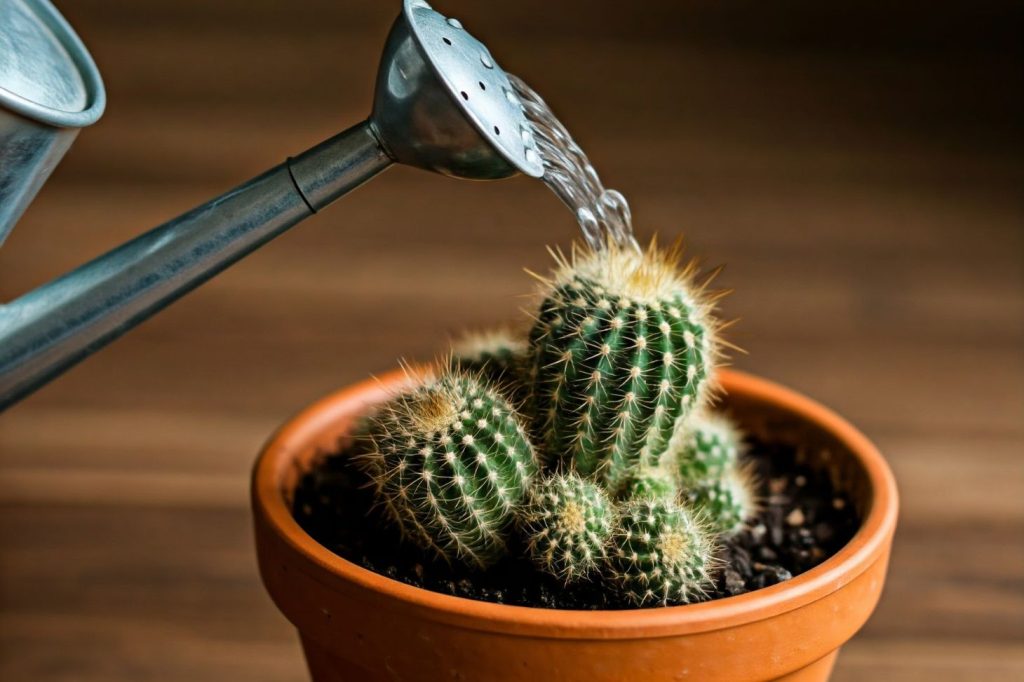
Your cactus’s lifespan depends on several key factors. Growing environment plays a crucial role. Cacti living in their native habitats often live longer than houseplants. Wild cacti have adapted to specific climate conditions that can be difficult to replicate indoors.
Proper care significantly impacts longevity. Overwatering is the most common cause of premature cactus death. You should water your cactus only when the soil is completely dry.
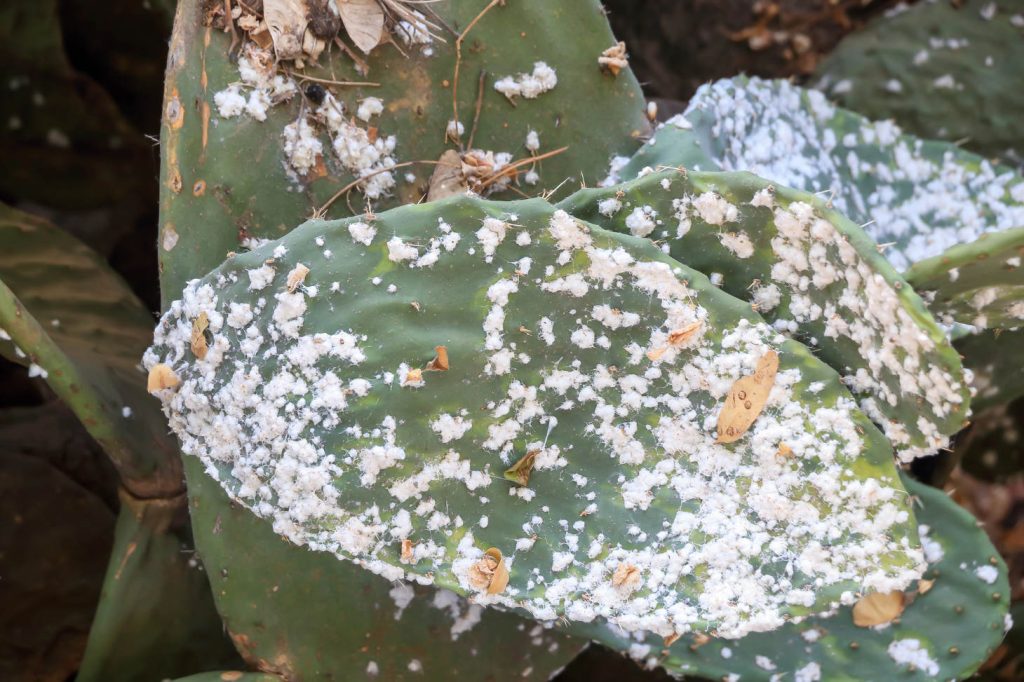
Disease and pest resistance also affects how long your cactus will live. Some species naturally resist common issues better than others.
Genetic factors determine baseline potential lifespan. Some rare cacti varieties have inherently shorter lifespans due to their genetic makeup, regardless of care quality.
Cactus Habitats and Their Impact on Longevity
Where a cactus grows directly affects how long it lives. Different environments create unique challenges and benefits that influence cactus lifespans.
Desert Regions and Arid Conditions
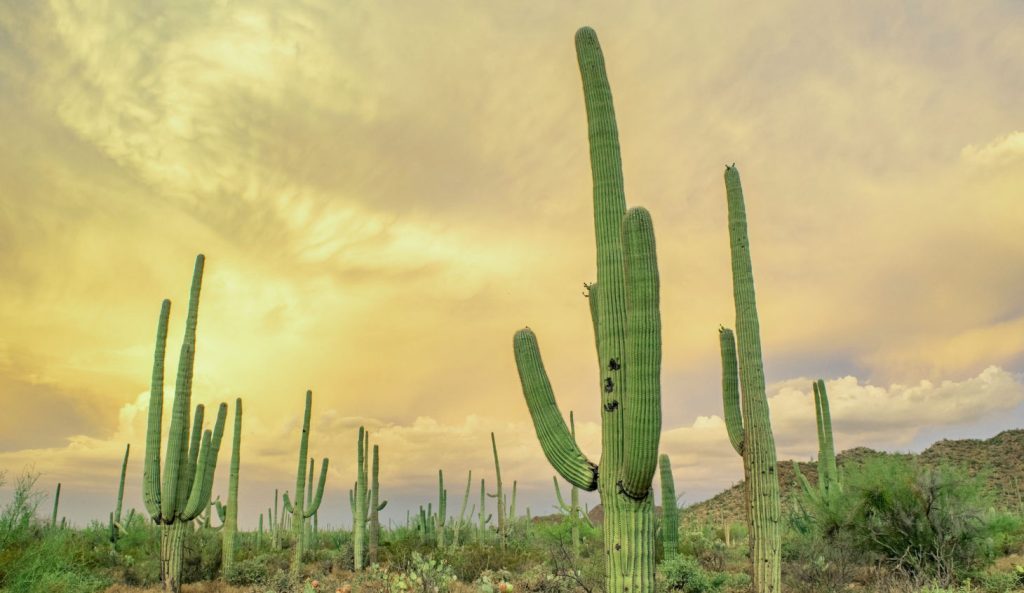
Cacti thrive in desert regions where harsh conditions have shaped their remarkable longevity. In the Sonoran Desert, saguaro cacti can live 150-200 years due to their perfect adaptation to extreme heat and minimal rainfall.
Arid conditions actually benefit cacti by:
- Reducing risk of root rot
- Limiting fungal diseases
- Encouraging deep root systems
The intense sun and limited water found in deserts like those in Arizona force cacti to develop survival mechanisms. These include thick, waxy skin to prevent water loss and specialized tissue for water storage.
You’ll find the oldest cacti in stable desert environments where temperatures remain consistent year after year. When conditions change too rapidly, even well-adapted cacti struggle to adjust.
International Range of Habitats
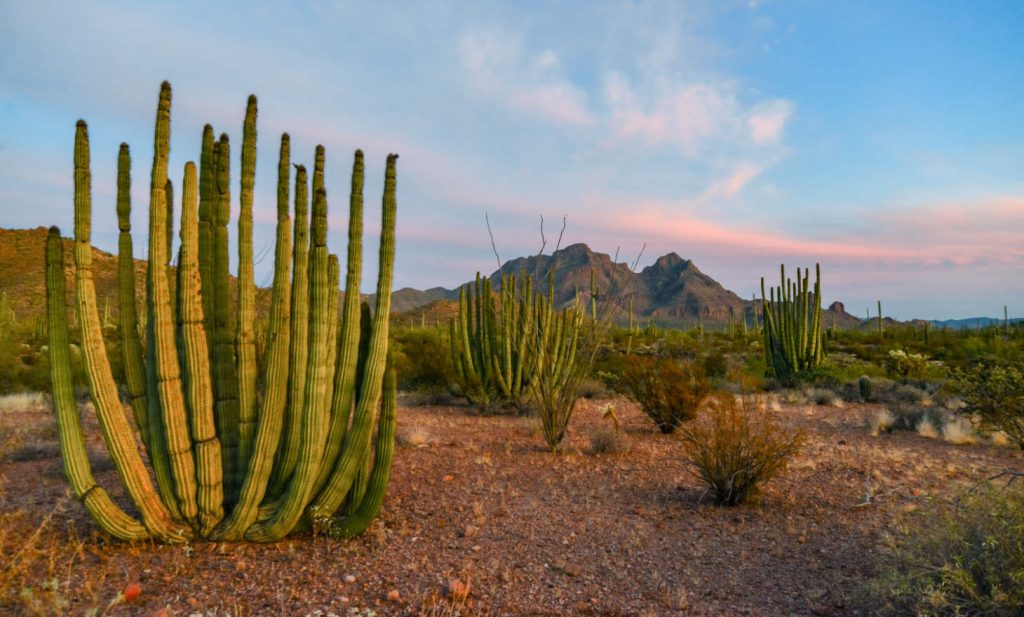
Cacti inhabit diverse regions beyond North American deserts. In Mexico, species like the organ pipe cactus thrive in rocky terrain and can live 150+ years when undisturbed.
South American habitats support unique cacti varieties:
- Peruvian Apple Cactus: Lives 20-30 years, some even up to 50 years in arid or desert environment
- Bolivian Torch: Survives 10-20 years at high elevations
- Brazilian Prickly Pear: Endures 20-30 years in arid and semi-arid regions
Higher elevation cacti have denser spines that serve multiple functions, including protection against herbivores, reduction of water loss, and providing shade. They have adapted root systems that efficiently absorb moisture and stabilize in rocky soil.

